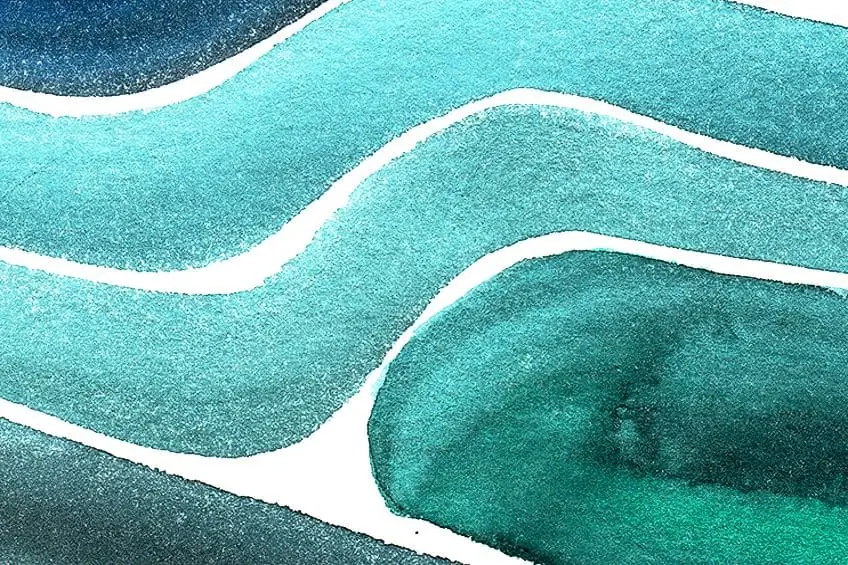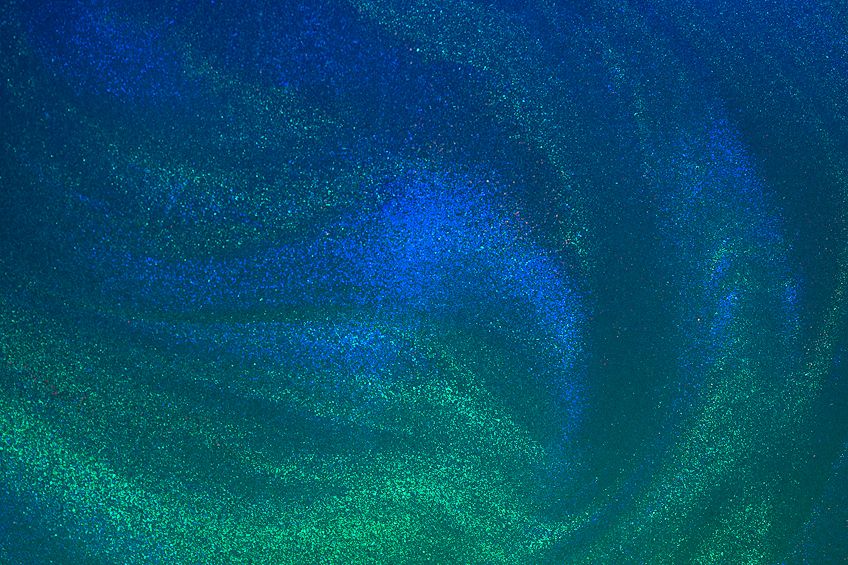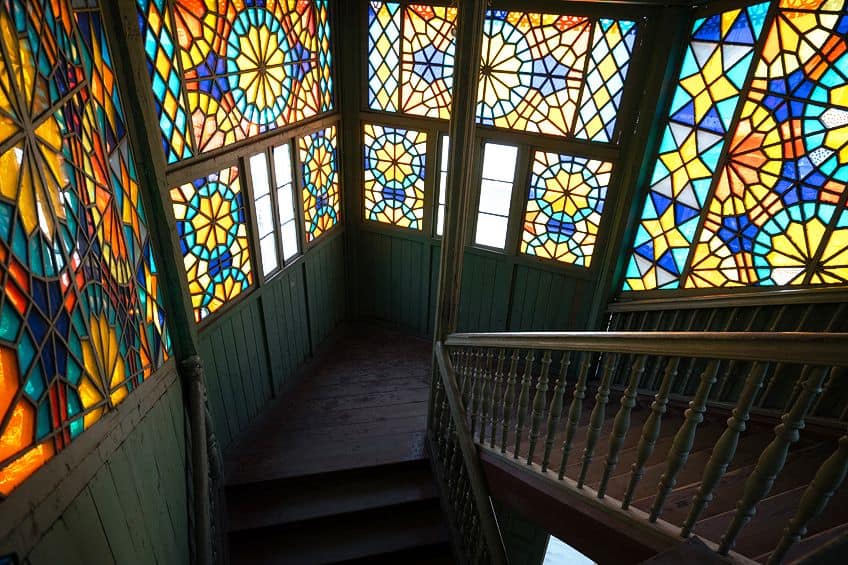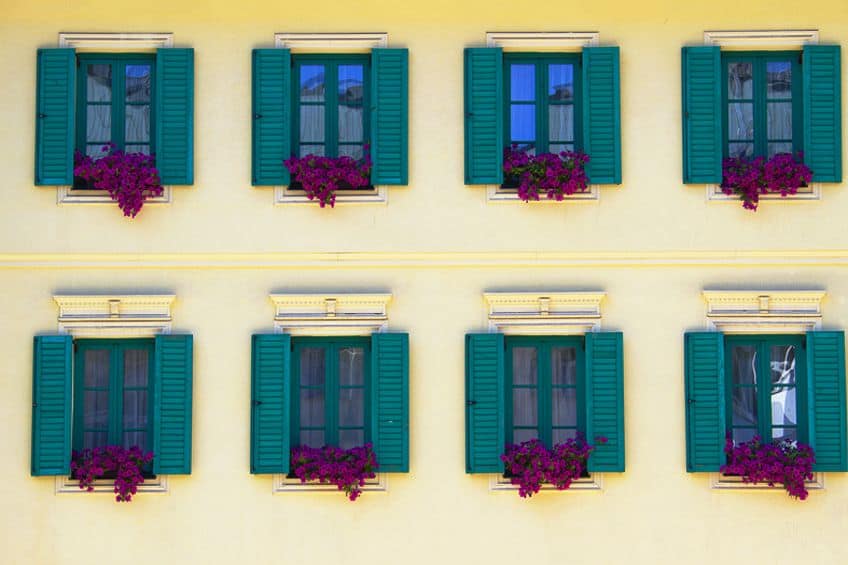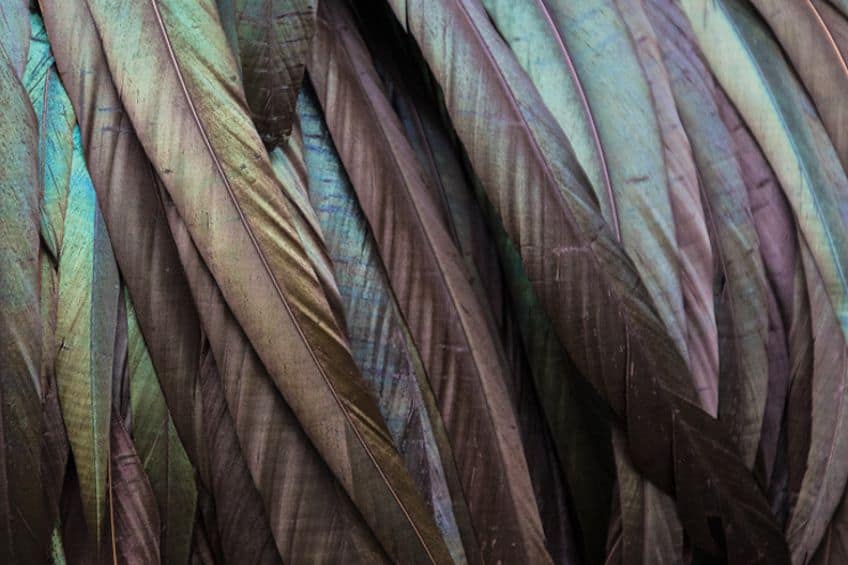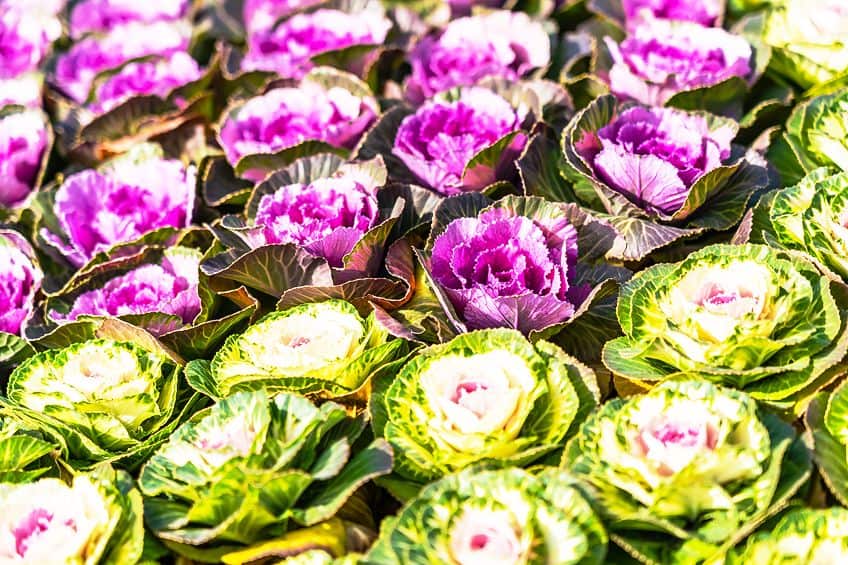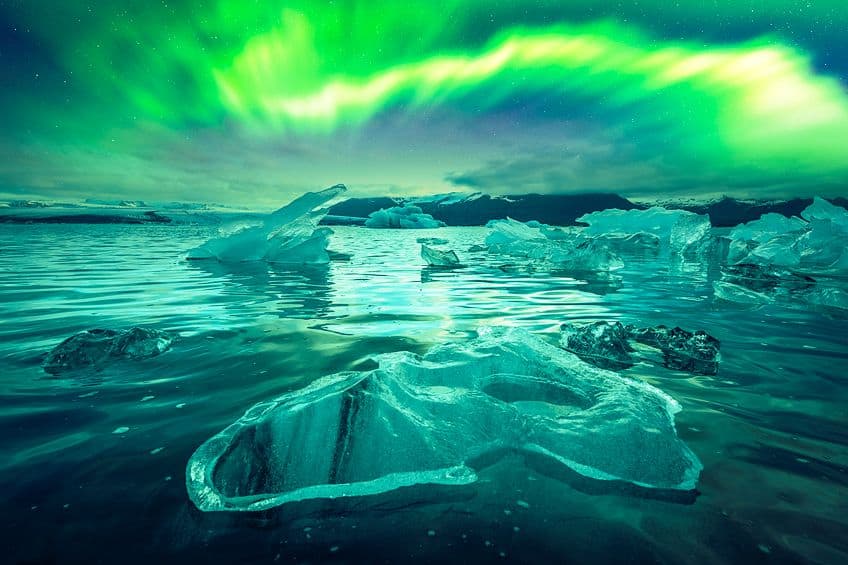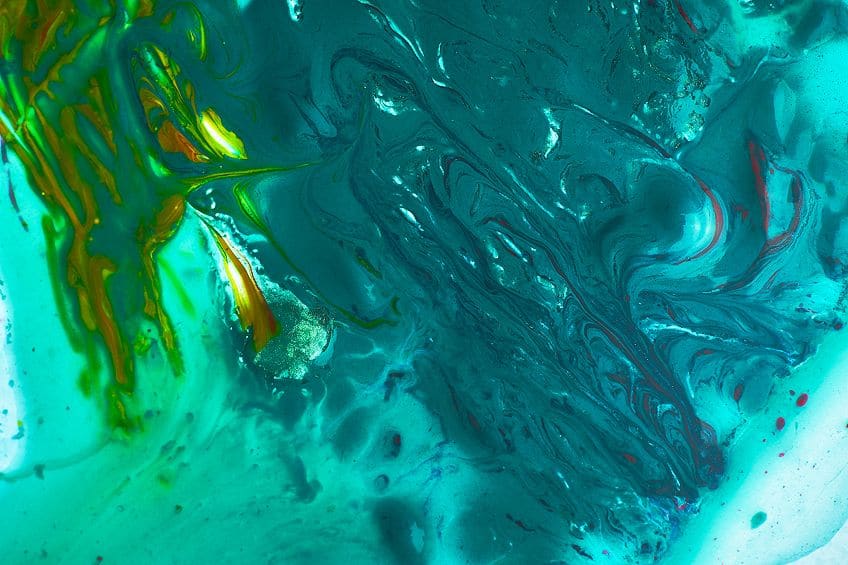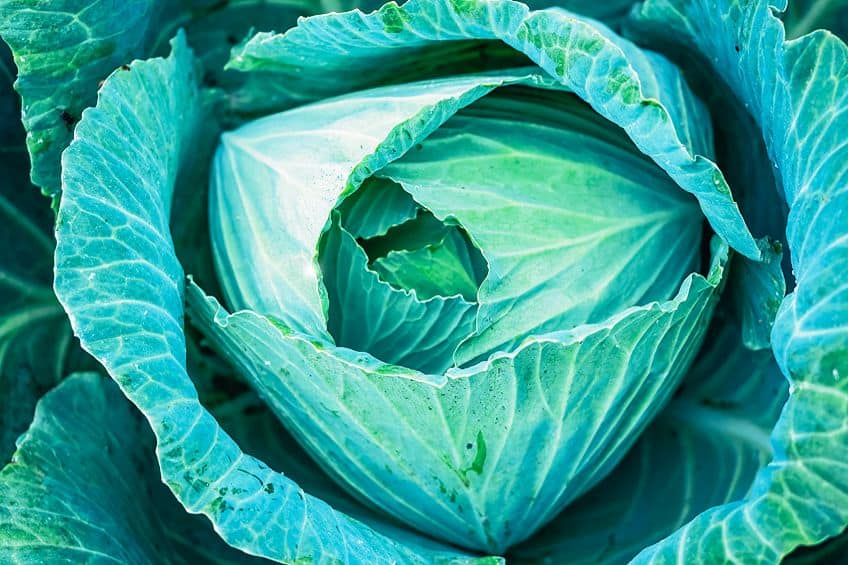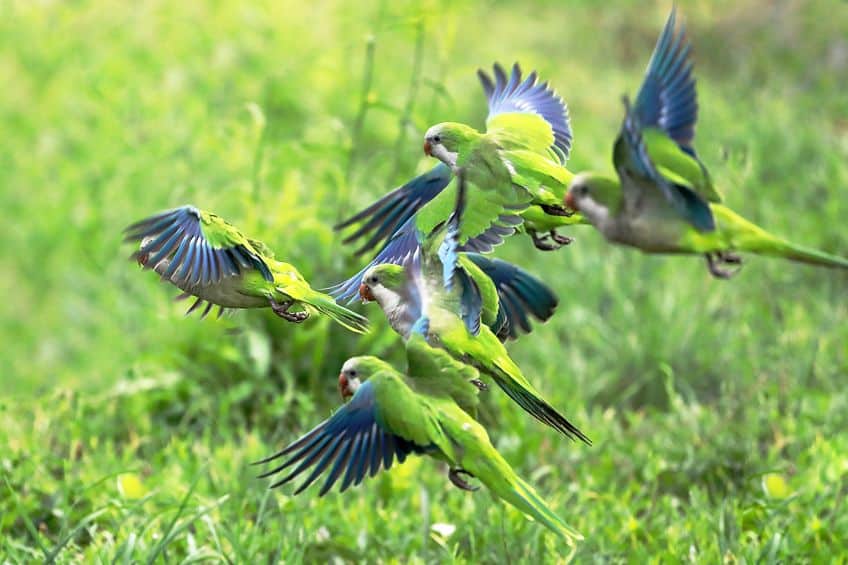What Colors Make Teal? – Find Out What Basic Colors Make Teal
There exists a wondrous palette of colors that paint the world with a kaleidoscope of hues, each possessing its own unique charm and charisma. Amongst these enchanting colors lies the captivating shade of teal, which draws the eye with its alluring blend of blue and green. Yet, like a masterful artist, one may wonder what two colors make teal paint. To unravel this mystery is to uncover the secrets of color theory and to delve into what colors make teal, as well as the delicate balance of hues that combine to produce the stunning shade of teal.
Contents
What Color Is Teal?
Teal is a color that defies easy definition, possessing a complex and captivating beauty that draws the eye and delights the senses. It is a shade that lies at the crossroads of blue and green, blending the serene calm of the former with the lush vibrancy of the latter. Teal is a color that sparkles and shimmers, evoking images of clear ocean waters and verdant forests. At its heart, teal is a color of balance and harmony, combining the refreshing coolness of blue with the revitalizing energy of green. It is a color that speaks to our deepest instincts, reminding us of the beauty and power of nature and inspiring us to connect with the world around us.
Whether adorning a fashion accessory or decorating a room, teal is a color that exudes a sense of sophistication and style, adding depth and richness to any design.
| Teal Name | Teal Hex Codes | RGB | CMYK Color Code (%) | Shades of Teal |
| Teal | #008080 | 0, 128, 128 | 100, 0, 0, 50 | |
| Turquoise | #40e0d0 | 64, 224, 208 | 71, 0, 7, 12 | |
| Light Teal | #90e4c1 | 144, 228, 193 | 37, 0, 15, 11 | |
| Celeste | #b2ffff | 178, 255, 255 | 30, 0, 0, 0 | |
| Tiffany Blue | #81d8d0 | 129, 216, 208 | 40, 0, 4, 15 | |
| Dolphins Aqua | #008e97 | 0, 142, 151 | 100, 6, 0, 41 | |
| Peacock Blue | #005f69 | 0, 95, 105 | 100, 10, 0, 59 | |
| Sapphire | #52b2bf | 82, 178, 191 | 57, 7, 0, 25 | |
| Cerulean | #0492c2 | 4, 146, 194 | 98, 25, 0, 24 | |
| Ocean | #016064 | 1, 96, 100 | 99, 4, 0, 61 | |
| Arctic | #82eefd | 130, 238, 253 | 49, 6, 0, 1 |
In the end, the true beauty of teal lies not in its precise definition, but in the way that it captures our imaginations and stirs our emotions. It is a color that invites us to explore, to dream, and to create, reminding us of the boundless possibilities that lie within each of us. So, whether gazing at a stunning sunset or admiring a work of art, let the mesmerizing hue of teal transport you to a world of wonder and enchantment.
History of Teal
To truly know what color is teal, one must first come to terms with its rich and fascinating history, one that spans across many centuries and cultures. Its origins can be traced back to ancient times when the Egyptians prized a greenish-blue pigment known as “mefkat” for its beauty and symbolic significance. This pigment was used to create elaborate decorations for temples, tombs, and other important structures. Over time, the color evolved and spread throughout the world, becoming a popular choice for artists and artisans in various cultures.
In the Middle Ages, the color was associated with royalty and nobility often used to adorn the robes of kings and queens of the time.
During the Renaissance, the color was refined and expanded upon, used in the intricate designs of stained-glass windows and illuminated manuscripts. In the 20th century, the Art Deco movement embraced the color as a symbol of modernity and sophistication, using it to decorate everything from fashion to interior design. In the present day, teal continues to inspire and captivate, evoking a sense of calm and tranquility while also conveying a bold and dynamic energy. But beyond its aesthetic appeal, the color teal has also held deep symbolic significance throughout history.
In many cultures, it is associated with healing and renewal, representing the revitalizing power of nature. In others, it is a symbol of spiritual growth and inner wisdom, evoking a sense of balance and harmony. As it stands, the history of the color teal is a testament to the enduring power of the color and its ability to evoke emotions, spark creativity, and convey meaning.
It is a color that has captivated and inspired people throughout the ages and continues to enchant and delight us to this day.
The Color Wheel and Its Relationship With Teal
The color wheel is a tool that has been used by artists and designers for centuries to understand the relationship between different colors. At its core, the color wheel is a visual representation of the spectrum of light, organized into a circle to show the relationship between primary, secondary, and tertiary colors. Teal, with its blend of blue and green, occupies a unique place on the color wheel, nestled between its two parent hues and possessing a beauty and vibrancy that makes it a popular choice in both art and design.
Teal Complementary Color
Teal and maroon, two colors that stand in stark contrast to one another, possess a beauty and vibrancy that is both complementary and striking. Teal, with its cool and refreshing tone, is a blend of blue and green, while maroon, with its rich and earthy hue, combines a deep shade of red with notes of brown. Teal and maroon are often used together in fashion, interior design, and graphic design, with each color enhancing and accentuating the other’s beauty and charm.
Teal is often used as a bold and eye-catching accent against a maroon background, while maroon can add depth and richness to a teal palette.
| Color Name | Hex Codes | RGB | CMYK Color Code (%) | Shades of Color |
| Teal | #008080 | 0, 128, 128 | 100, 0, 0, 50 | |
| Maroon | #800000 | 128, 0, 0 | 0, 100, 100, 50 |
Moreover, the combination of these two colors also possesses symbolic significance. Teal is associated with serenity, healing, and renewal, while maroon is often associated with passion, strength, and determination. Together, they create a sense of balance and harmony, evoking a range of emotions that inspire us to explore the many facets of their beauty.
Teal Split Complementary Colors
When you combine the beauty and versatility that is possessed within teal with its split complementary colors, saddle brown, and Tyrian purple, you will be left with a truly stunning and dynamic palette. Saddle brown, a warm and earthy hue, complements teal perfectly, creating a sense of balance and harmony that is both soothing and engaging. Tyrian purple, on the other hand, is a rich and regal shade that adds depth and richness to the palette, creating a sense of luxury and sophistication.
Together, these three colors create a striking and unforgettable palette that is both bold and refined.
| Color Name | Hex Codes | RGB | CMYK Color Code (%) | Shades of Color |
| Teal | #008080 | 0, 128, 128 | 100, 0, 0, 50 | |
| Saddle Brown | #804000 | 128, 64, 0 | 0, 50, 100, 50 | |
| Tyrian Purple | #800040 | 128, 0, 64 | 0, 100, 50, 50 |
Saddle brown and Tyrian purple enhance and accentuate the beauty of teal, creating a sense of depth and complexity that is truly captivating. The combination of these colors also possesses symbolic significance. Teal is often associated with healing, renewal, and spiritual growth, while saddle brown represents stability, reliability, and comfort. Tyrian purple has historically been associated with royalty and wealth, evoking a sense of opulence and power.
Teal Triadic Colors
Teal, with its blend of blue and green, is a color that exudes calmness and serenity, making it a popular choice in both art and design. When combined with its triadic colors, olive, and purple, a dynamic and vibrant palette is created. Olive, with its muted green hue, is able to stand as a perfect pairing to teal, adding a sense of warmth and depth to the color scheme. On the other end, purple stands as a bold and regal color that enhances and accentuates the beauty of teal, creating a sense of richness and sophistication.
Together, these three colors create a striking and memorable palette that is both harmonious and energetic.
| Color Name | Hex Codes | RGB | CMYK Color Code (%) | Shades of Color |
| Teal | #008080 | 0, 128, 128 | 100, 0, 0, 50 | |
| Olive | #808000 | 128, 128, 0 | 0, 0, 100, 50 | |
| Purple | #800080 | 128, 0, 128 | 0, 100, 0, 50 |
Olive and purple add depth and complexity to teal, creating a sense of balance and dynamism that is truly captivating to behold. The combination of these colors also possesses symbolic significance. Teal is often associated with healing, renewal, and spiritual growth, while olive represents peace, stability, and growth. Purple, however, has long been associated with royalty, luxury, and power while evoking a strong sense of the extravagant.
Teal Monochromatic Colors
Teal, with its cool and calming hue, requires a color scheme that is able to provide and accentuate the same tone. To achieve this, you need to look no further than teal’s monochromatic colors, a palette that is both sophisticated and understated. Monochromatic color schemes rely on variations of a single color to create depth and complexity, and with teal as the base, a range of stunning hues can be created. Lighter shades of teal can create a sense of airiness and tranquility, while darker shades can add depth and richness to the palette.
The beauty of a monochromatic color scheme lies in its simplicity and elegance. It creates a sense of cohesion and harmony and allows the beauty of the color to shine through without distractions.
| Teal Name | Teal Hex Codes | RGB | CMYK Color Code (%) | Shades of Teal |
| Cyprus | #003434 | 0, 52, 52 | 100, 0, 0, 80 | |
| Sherpa Blue | #004d4d | 0, 77, 77 | 100, 0, 0, 70 | |
| Dark Cyan | #006767 | 0, 103, 103 | 100, 0, 0, 60 | |
| Teal | #008080 | 0, 128, 128 | 100, 0, 0, 50 | |
| Persian Green | #009a9a | 0, 154, 154 | 100, 0, 0, 40 | |
| Iris Blue | #00b3b3 | 0, 179, 179 | 100, 0, 0, 30 | |
| Robin’s Egg Blue | #00cdcd | 0, 205, 205 | 100, 0, 0, 20 |
When used in design or art, a monochromatic teal palette can create a sense of calm and serenity, evoking feelings of peace and contentment. Moreover, the use of a monochromatic teal palette also has symbolic significance too. Teal is often associated with healing, renewal, and spiritual growth, and a monochromatic palette creates a sense of unity and coherence, representing the idea of wholeness and completeness.
In the end, the relationship between teal and its monochromatic colors is a testament to the beauty and elegance of simplicity, and the many ways in which a single color can create a stunning and dynamic palette.
How to Make Teal Paint
With such a rich history to go alongside its equally rich set of complementary hues and shades, you may now be wanting to know how to make teal paint for your own personal or professional projects and artworks. Well, to do so, you first need to know what colors make teal. Thankfully, if you have been paying any attention to this article, you may have already gathered that teal is made up of equal parts blue and green. The key to creating your own teal paint is to combine the right amount of both blue and green paint together, and with enough patience and a subtle hand, you will be left with the perfect shade.
To start, you must first mix together your blue and green paint in equal parts. Adjust the amount of each color based on your desired shade of teal.
| Color Name | Hex Codes | RGB | CMYK Color Code (%) | Shades of Color |
| Blue | #0000ff | 0, 0, 255 | 100, 100, 0, 0 | |
| Green | #008000 | 0, 128, 0 | 100, 0, 100, 50 | |
| White | #ffffff | 255, 255, 255 | 0, 0, 0, 0 | |
| Black | #000000 | 0, 0, 0 | 0, 0, 0, 100 |
If you are looking for a deeper shade of teal, add more blue paint, and if you want a more vibrant shade of teal, add more green paint. Once you have attained your desired base shade, you can add white paint to create a light teal color, and some black paint to create a dark teal color. You can also experiment with adding small amounts of other colors, such as yellow or red, to create a unique variation of teal. The beauty of making your own paint is that you can tailor the color to your exact needs and preferences. You can create a shade of teal that perfectly matches your artistic vision, or one that complements the colors in your home decor.
Creating your own teal paint can also be a fun and rewarding experience, allowing you to tap into your creativity and explore the endless possibilities of color. So, grab your paints, mix your hues, and let your imagination run wild!
Alternate Ways to Make Teal Paint
While mixing blue and green paint in equal parts is the most common way to make teal, there are alternative methods that can produce unique and beautiful shades of this versatile color. One alternative is to start with a base color, such as either blue or green, and gradually mix in small amounts of the opposite color until you have achieved the desired shade of teal. This method allows you to fine-tune the color and create a more nuanced hue.
| Color Name | Hex Codes | RGB | CMYK Color Code (%) | Shades of Color |
| Blue | #0000ff | 0, 0, 255 | 100, 100, 0, 0 | |
| Green | #008000 | 0, 128, 0 | 100, 0, 100, 50 |
Another option is to use a color chart or color wheel to guide your mixing. Choose a blue and a green that are opposite each other on the color wheel, such as ultramarine blue and yellow-green, and gradually mix them together until you achieve the desired shade of teal.
| Color Name | Hex Codes | RGB | CMYK Color Code (%) | Shades of Color |
| Ultramarine Blue | #120a8f | 18, 10, 143 | 87, 93, 0, 44 | |
| Yellow-green | #9acd32 | 154, 205, 50 | 25, 0, 76, 20 |
You can also experiment with different types of paint, such as acrylics, oils, or watercolors, to achieve different textures and effects. For example, mixing watercolors can produce a more delicate and transparent shade of teal, while mixing acrylics can create a bolder and more opaque color.
The beauty of knowing what colors make teal and how to make your own teal paint is that there are endless possibilities for creativity and experimentation. By trying different methods and techniques, you can create a unique shade of teal that perfectly suits your artistic vision or project needs. So, don’t be afraid to get creative, and let your imagination run wild!
Frequently Asked Questions
What Two Colors Make Teal?
Teal is typically created by mixing blue and green paints in equal parts. However, you can create a light teal color by adding in subtle amounts of white paint to your mix, and a dark teal color by adding in subtle amounts of black paint to your mix.
What Are Some Popular Uses of Teal?
Teal is a popular color in fashion, particularly in the summer months, as well as in interior design for accents such as pillows, rugs, and curtains. It is also commonly used in branding and marketing for its fresh and modern feel.
Megan is a writer and researcher who holds a degree in Social Sciences, with a specialization in Psychology and Environmental Science, from the University of Cape Town. Her dedication to acquiring knowledge and making a positive impact has driven her current work in promoting conscious and sustainable growth in Southern Africa. Megan’s interests encompass exploring the physical and psychological impacts of color in our environment on our mood and well-being. She is also passionate about the role of art and creativity, which has been an integral part of society since the beginning of human history. Since 2022, Megan has been contributing blog posts on painting and color theory at artfilemagazine.
Learn more about Megan van Schoor and about us.
Cite this Article
Megan, van Schoor, “What Colors Make Teal? – Find Out What Basic Colors Make Teal.” artfilemagazine – Your Online Art Source. June 19, 2023. URL: https://artfilemagazine.com/what-colors-make-teal/
van Schoor, M. (2023, 19 June). What Colors Make Teal? – Find Out What Basic Colors Make Teal. artfilemagazine – Your Online Art Source. https://artfilemagazine.com/what-colors-make-teal/
van Schoor, Megan. “What Colors Make Teal? – Find Out What Basic Colors Make Teal.” artfilemagazine – Your Online Art Source, June 19, 2023. https://artfilemagazine.com/what-colors-make-teal/.


